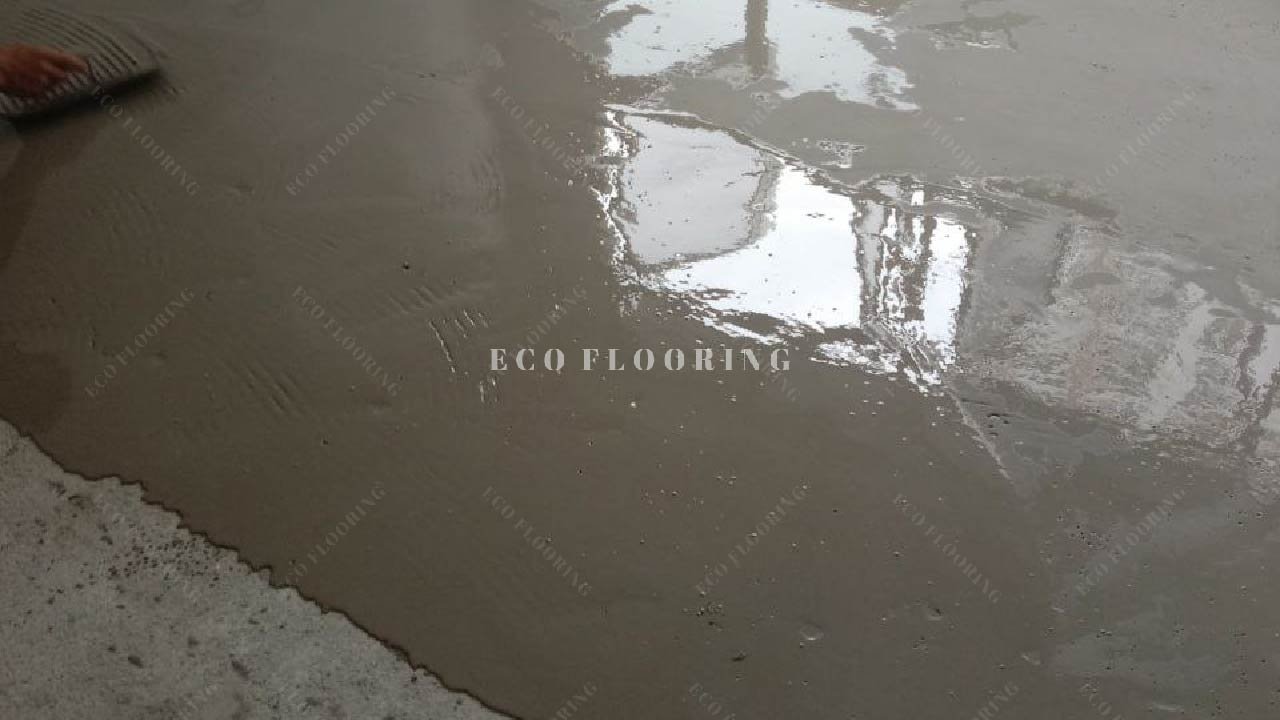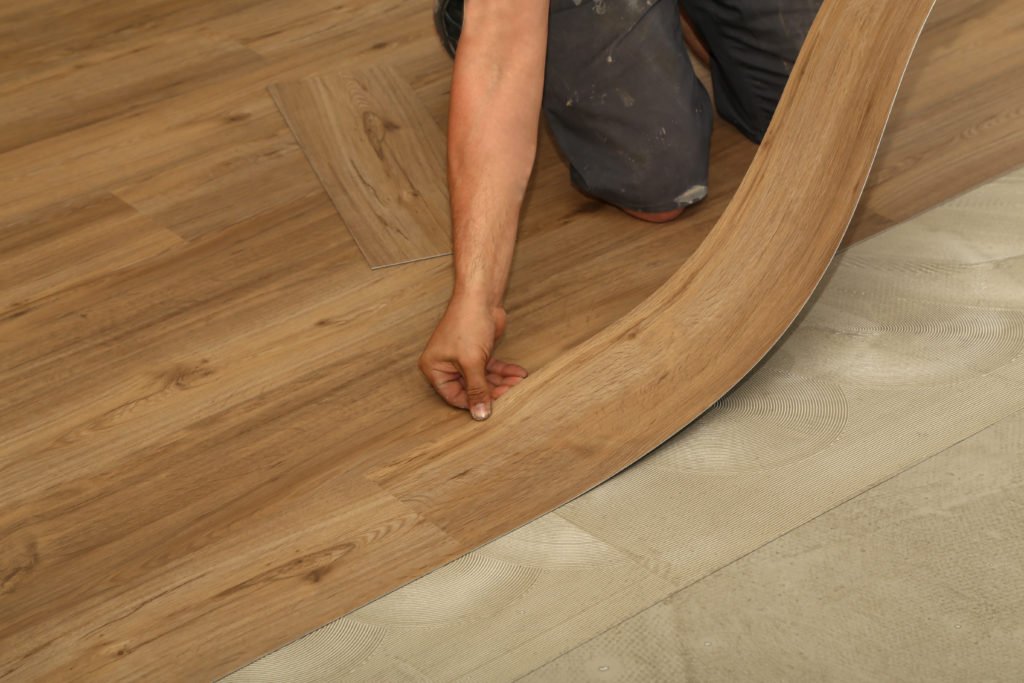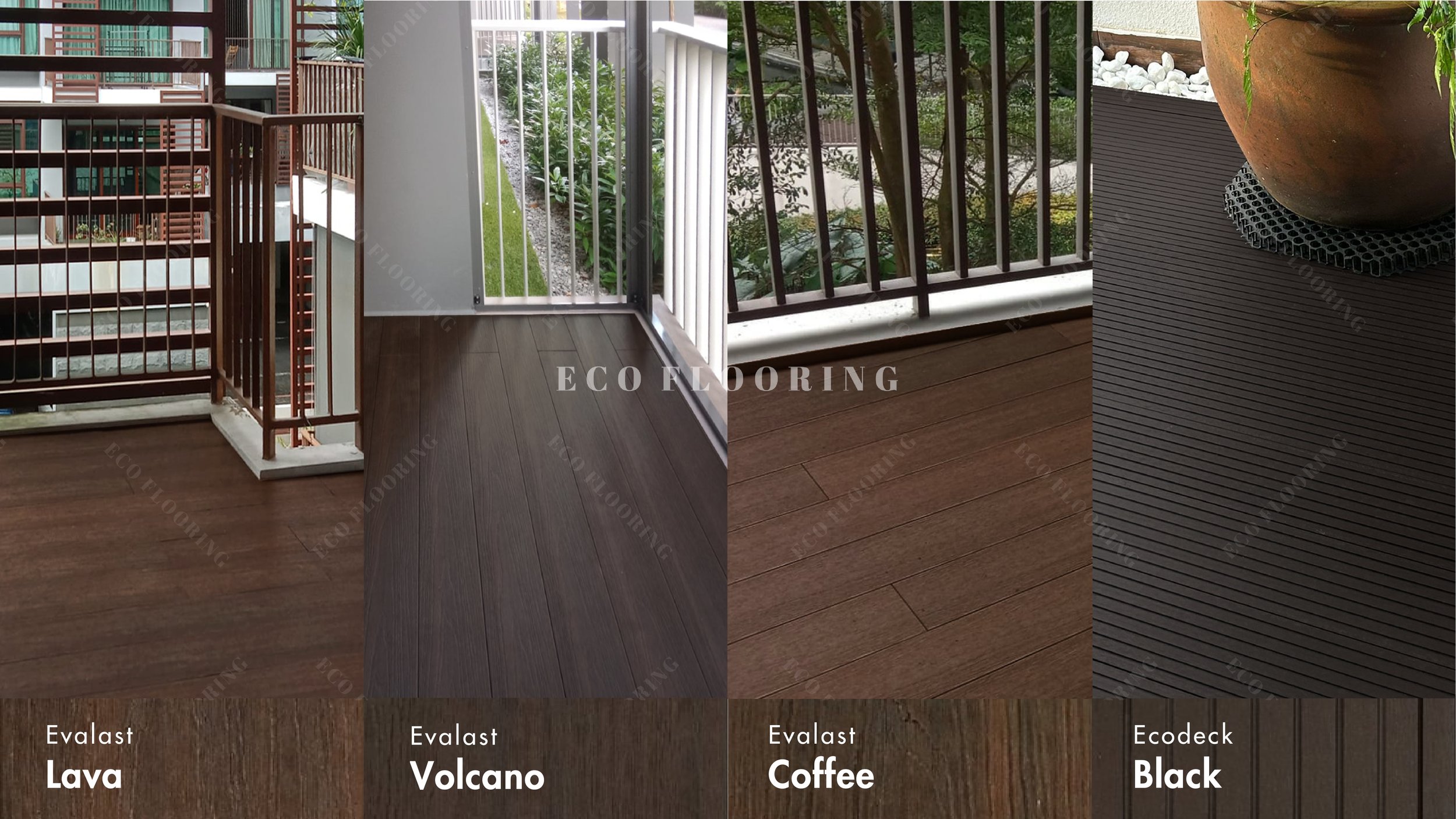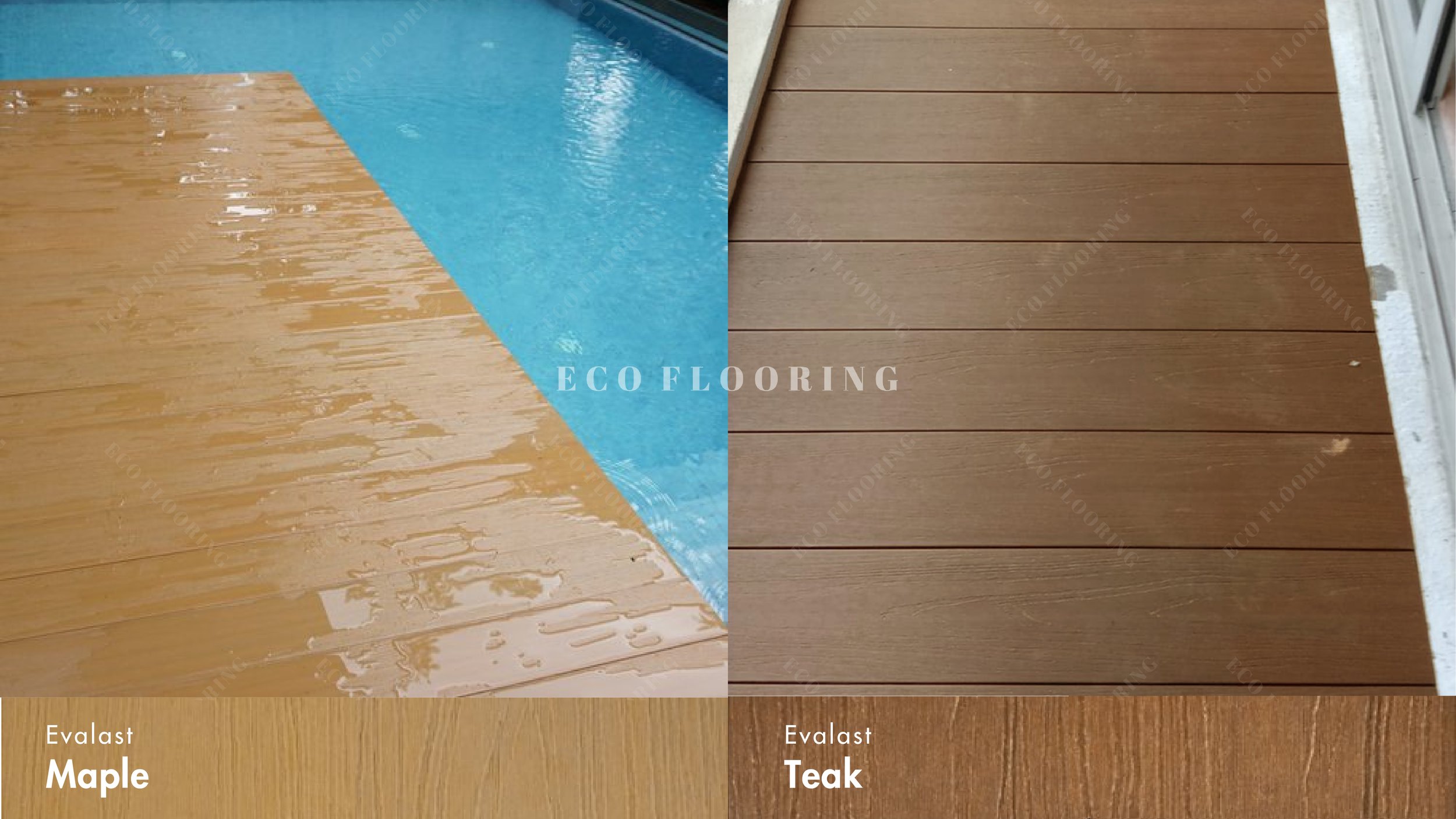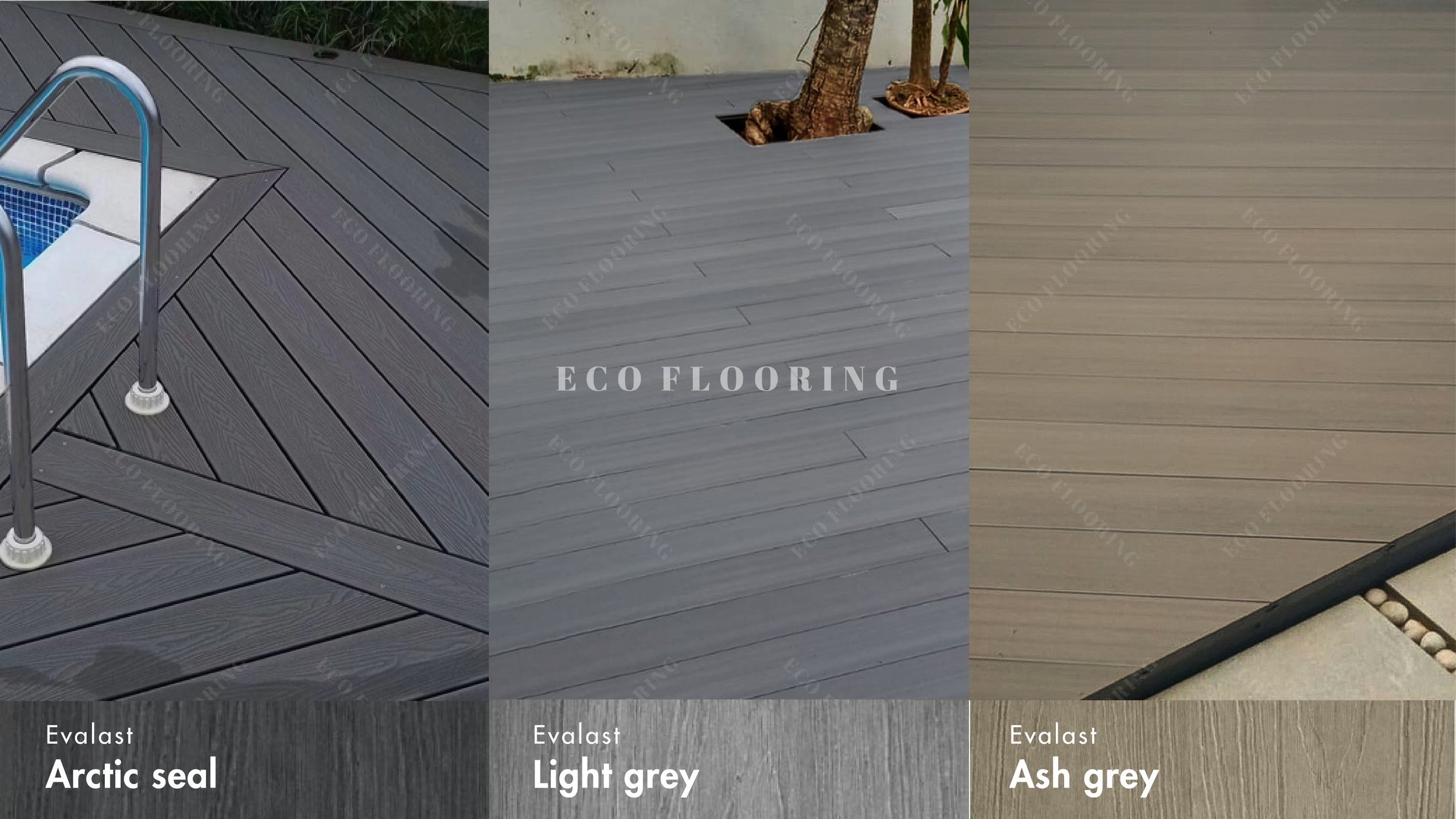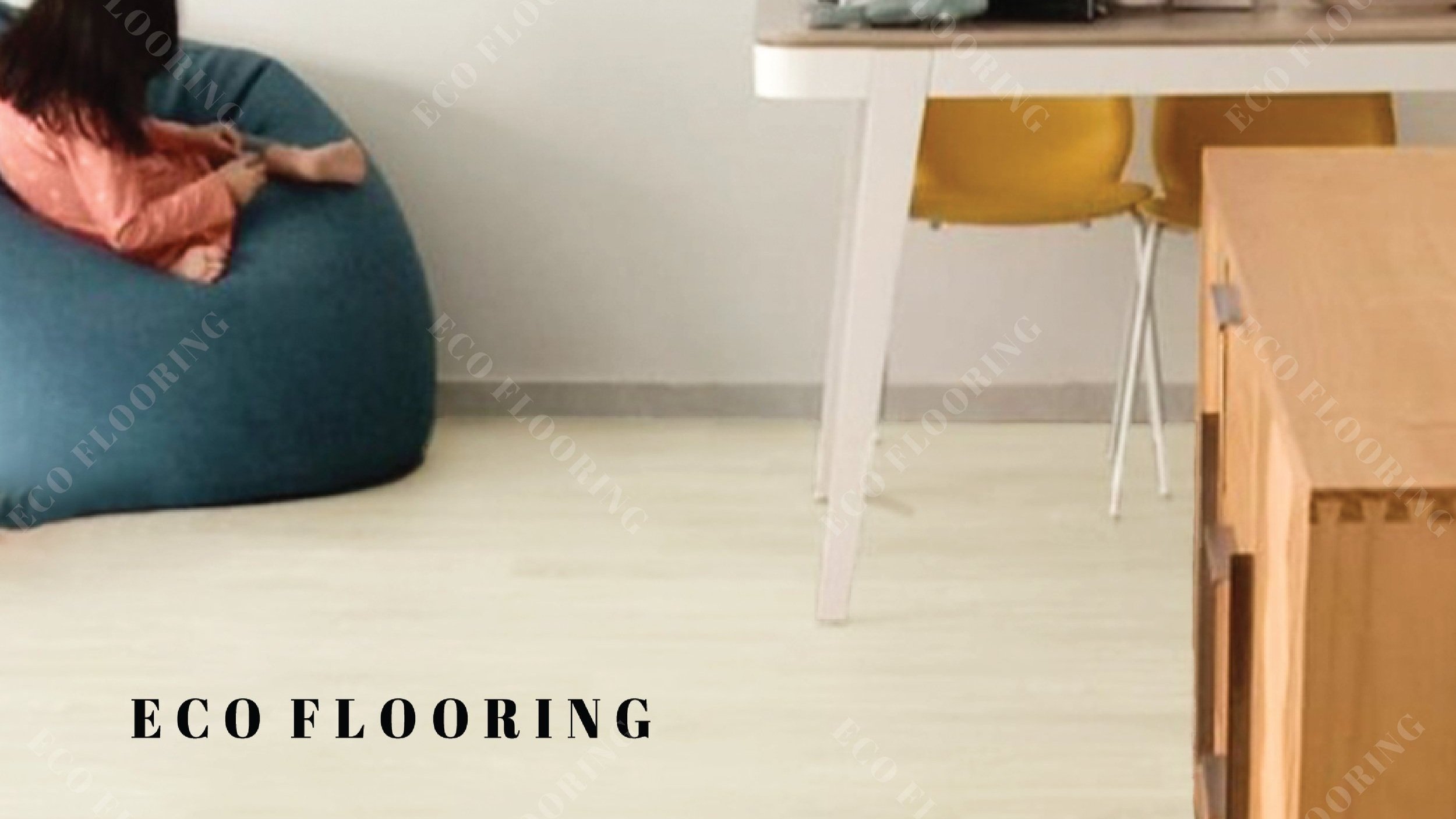Vinyl flooring has gained immense popularity in the world of interior design due to its versatility, durability, and aesthetic appeal. One of the key factors contributing to its widespread use is its ability to be installed on various surfaces, provided the proper preparation is undertaken. In this article, we delve into the different substrates onto which vinyl flooring can be installed, offering valuable insights for homeowners and renovators.
1. Plywood Subfloor: A plywood subfloor is a common installation surface for vinyl flooring. Ensuring the subfloor is clean, level, and adequately dry is essential. The plywood should be a minimum of 3/4 inch thick to provide the necessary support for the vinyl flooring.
2. Concrete Subfloor: Vinyl flooring can be installed over a concrete subfloor, but it's crucial that the concrete is properly cured, free from cracks, and within acceptable moisture levels. Moisture barriers or underlayment may be required to prevent moisture-related issues.
3. Ceramic or Porcelain Tiles: In certain cases, vinyl flooring can be installed directly over existing ceramic or porcelain tiles. However, careful attention must be paid to the condition of the tiles to ensure they are even, clean, and well-adhered.
4. Hardwood Subfloor: Vinyl flooring can be laid over a hardwood subfloor if it's in good condition, level, and securely fastened. Any unevenness or loose boards should be addressed before installation.
5. Laminate Flooring: While it's possible to install vinyl over laminate flooring, the condition of the laminate is critical. The laminate must be firmly adhered and free from any peeling or separation.
6. Existing Vinyl Flooring: In certain scenarios, new vinyl flooring can be laid over existing vinyl flooring. The existing flooring should be in good condition, without any signs of damage or instability.
7. Linoleum Flooring: Vinyl flooring can often be installed over linoleum, provided the linoleum is properly adhered and free from wear and tear.
8. Concrete Underlayment: When the existing concrete subfloor is unsuitable for direct installation, a thin layer of concrete underlayment can be applied to create a smooth surface for the vinyl flooring.
9. Self-Leveling Underlayment: For surfaces with unevenness or irregularities, a self-leveling underlayment can be poured to create a level base for the vinyl flooring, ensuring a flawless installation.
10. Subfloor Membranes: In cases where moisture is a concern, a moisture-resistant or waterproof subfloor membrane can be applied before laying down the vinyl flooring. This helps prevent moisture-related issues that could affect the flooring's integrity.
In conclusion, vinyl flooring's adaptability makes it a highly desirable option for both residential and commercial spaces. However, the success of its installation relies heavily on proper subfloor preparation. Adhering to the manufacturer's guidelines, ensuring the substrate is well-prepared, and employing professional expertise when necessary are key to a successful and long-lasting vinyl flooring installation. Whether it's a plywood subfloor, concrete surface, or even existing flooring, vinyl's flexibility opens up a world of possibilities for enhancing the aesthetics and functionality of any space.
Are you looking to Install Vinyl Flooring? Unsure if Your Current Floor is Suitable? Contact Us for Expert Assistance!









